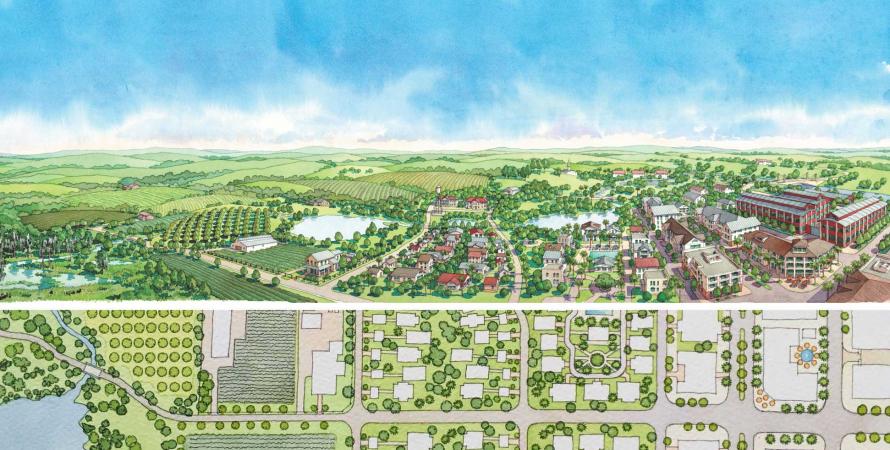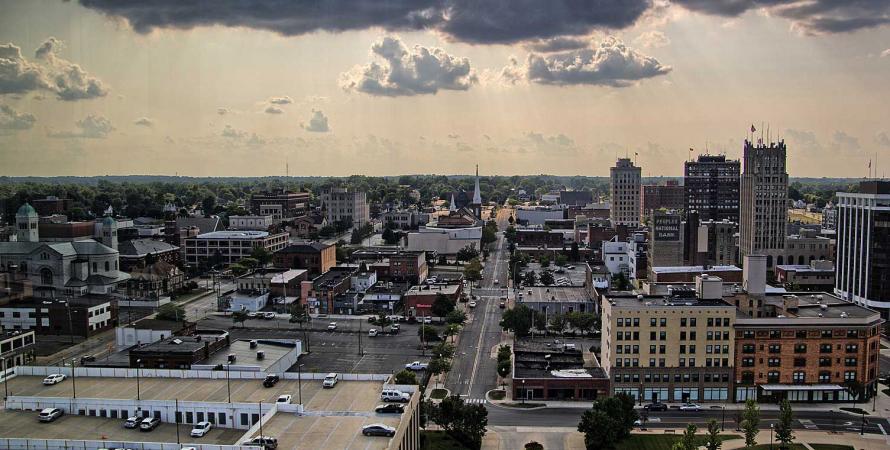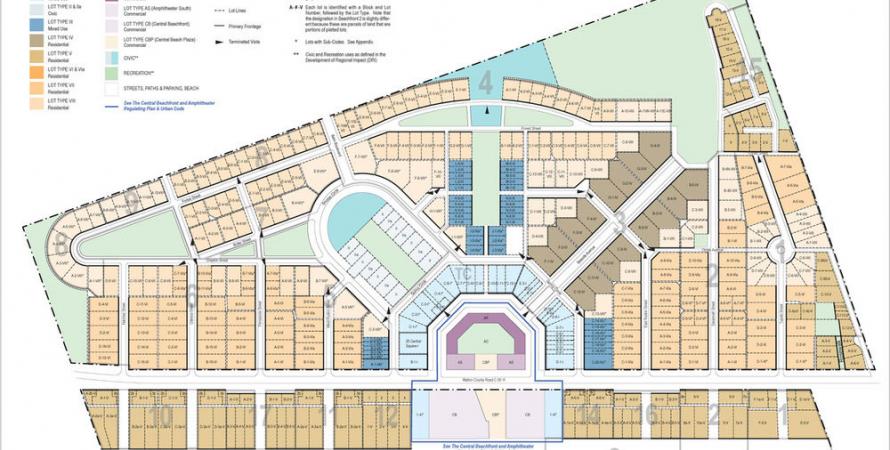-

Transect-based plan and code for rural community
Groveland, a rapidly developing small city 30 miles west of Orlando, Florida, adopted a plan and code that included the beautiful Transect diagram shown above. The mostly still-rural community, which nearly doubled in population last decade, adopted the new regulations during the pandemic after a...Read more -

Federal and state code reform heats up
Significant programs and legislation may set the stage for local code reform across the US, enabling better places.Six months ago, Public Square reported on state and city code reform efforts to allow missing middle housing types and reduce exclusive single-family zoning. Those efforts are gaining momentum in federal and state government—even as CNU is stepping up its Project for Code Reform (PCR), which has...Read more -

Code tweaks to make walkable neighborhoods legal
The Project for Code Reform looks at Michigan municipalities to find the key changes to land-use regulations on the local level.CNU Project for Code Reform faculty recently met with six Michigan cities and towns, ranging in population from 2,500 to 42,000, for training workshops. The team is made up of experts in finding the straightest path to solving a municipality’s problems through targeted land-use regulatory reforms...Read more -

How to use building types in zoning
Building types are useful in defining a variety of house-scale buildings in a mixed neighborhood, and where neighborhoods are near main streets. Here's how to apply them.This is Part Three of a three-part series. Building types can be useful in form-based codes to enable a fine–grained mix of buildings of varied density and type in walkable neighborhoods. The approach of using building types is also effective in situations where permit streamlining is required and...Read more